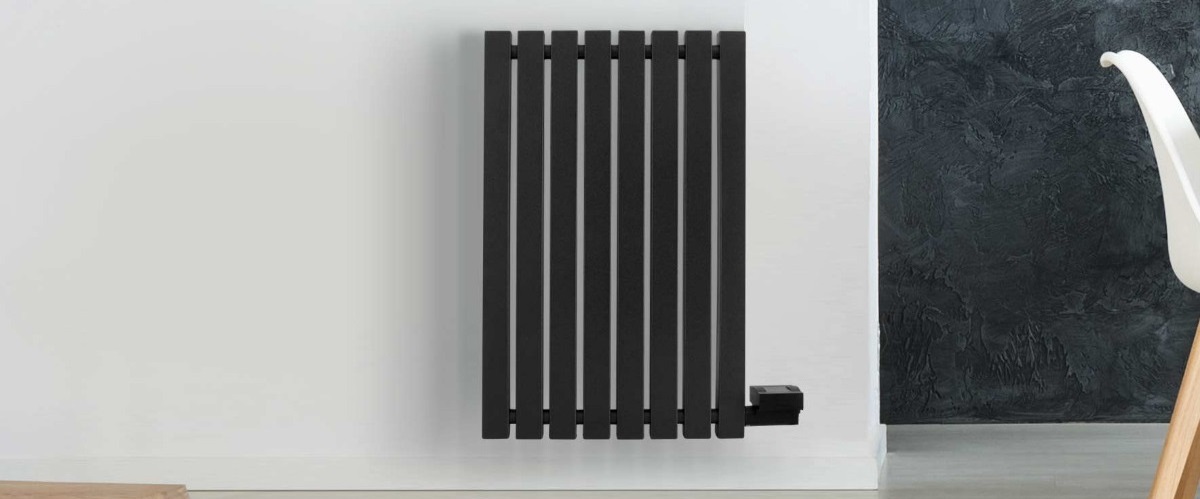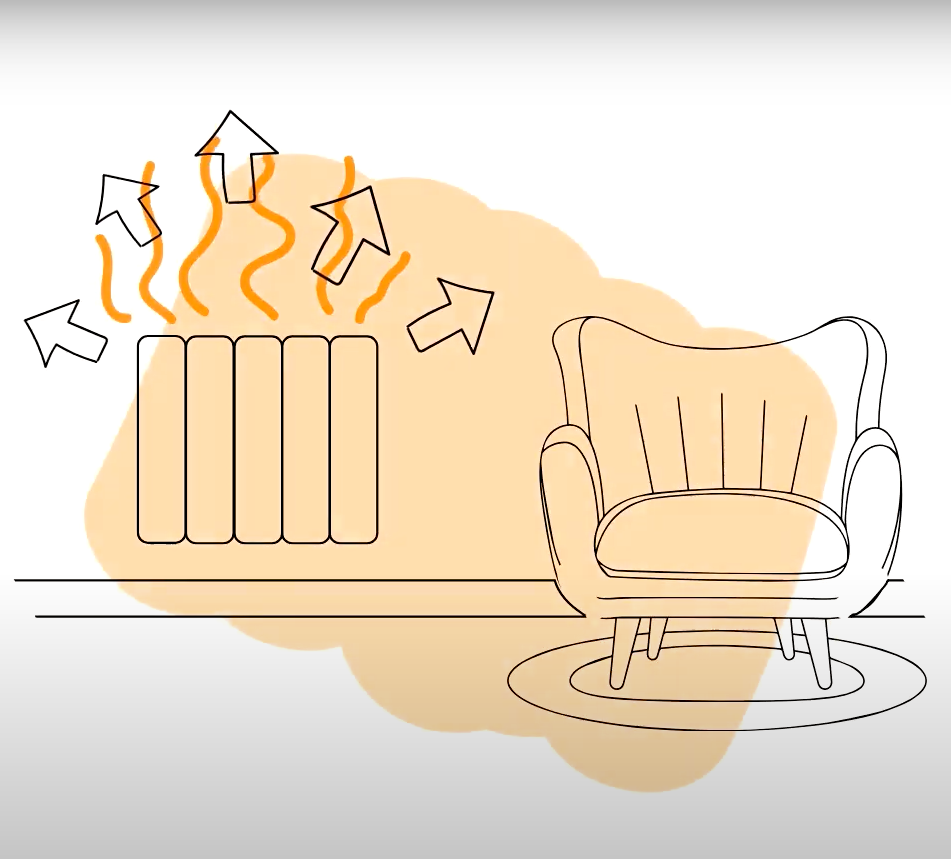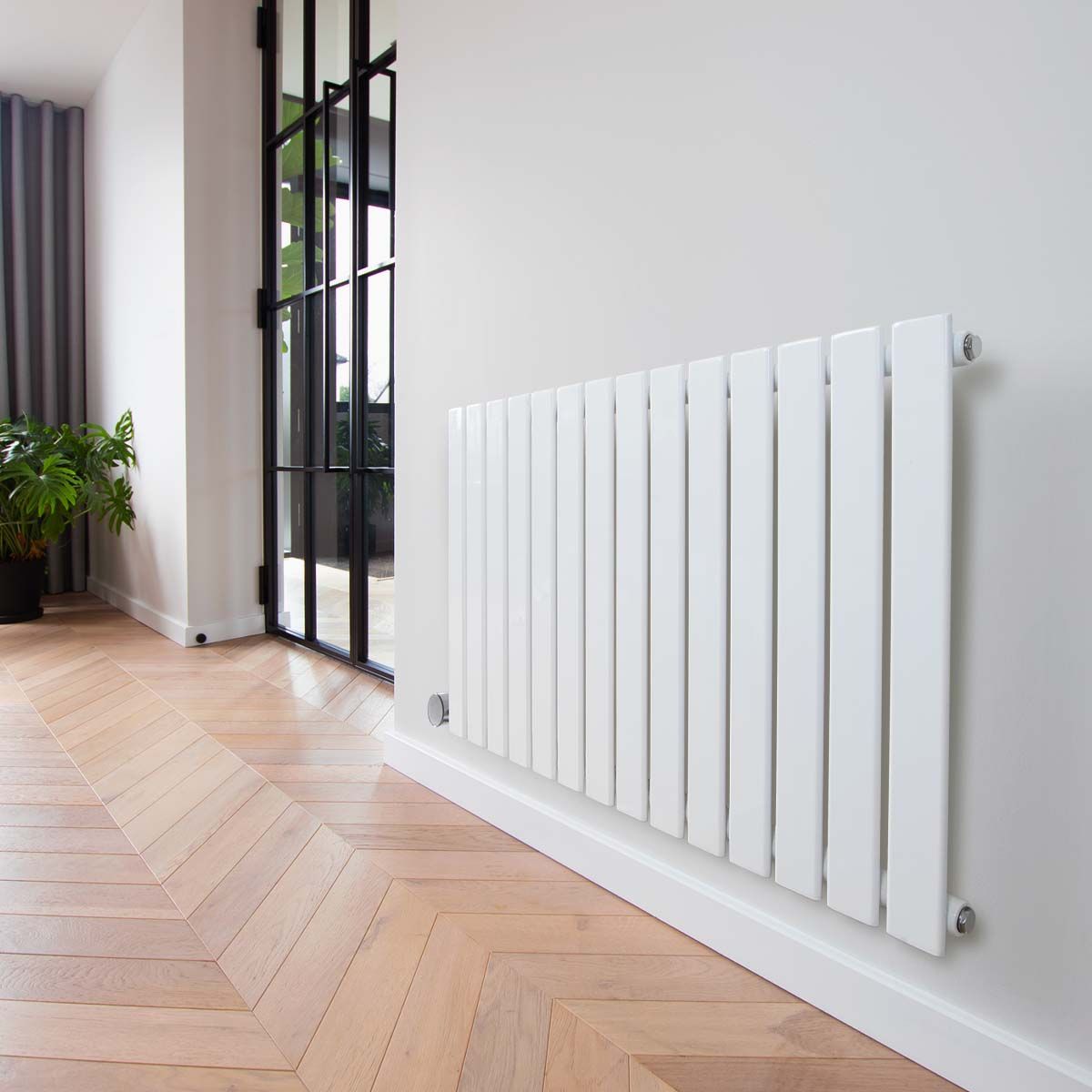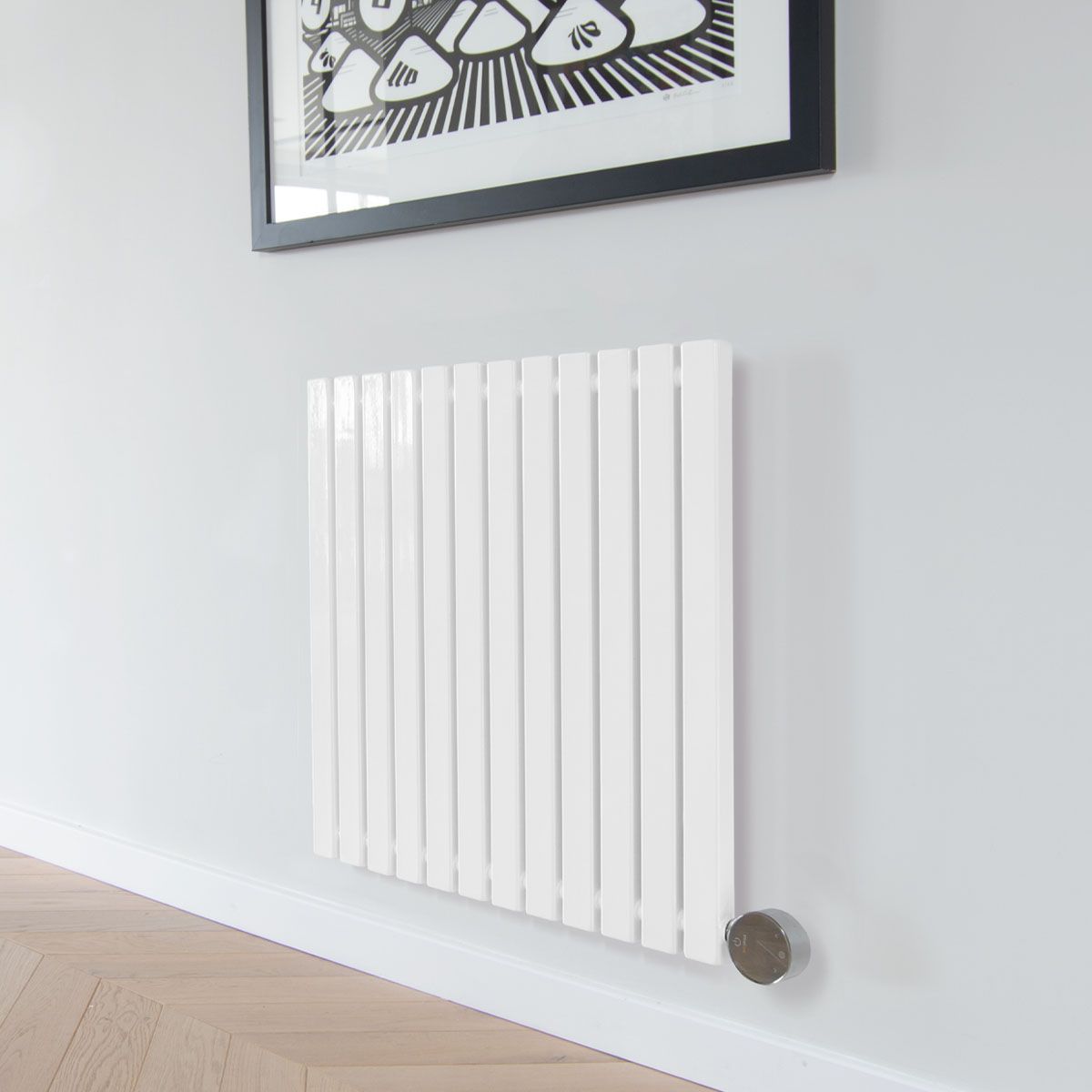

Last updated: May 2022
The inner workings of our home appliances are a wonderful mystery that we never question, and as long as they do the job, why would we? It’s not as if you need an electrical diagram of your toaster in order to use it. However, the more curious of us might enjoy learning every last detail about our products. Electric oil-filled radiators are some of the most energy-efficient heaters out there but just how do they work? They might be self-explanatory for some but you’d be surprised at the misconceptions that still surround this form of heating appliance. That’s why we’re getting up close and personal with oil-filled radiators to reveal what makes them tick.
What are oil-filled radiators?
Oil-filled radiators work by using an electrical element to heat a reservoir of thermal oil inside the appliance. The electrical element is fully submerged within the oil, so that when it heats up, all of the warmth created is transferred to the surrounding liquid.
You could liken oil-filled radiators to central heating models in that both types use a heated liquid to transfer warmth across the surface of the appliance. The key difference is that an oil-filled radiator uses its own internal heating element to warm the liquid inside, whereas water for a central heating radiator is warmed externally by the boiler, making it reliant on an interconnected system of pipes. In essence, a central heating radiator is just an empty shell until hot water runs through it, but an oil-filled electric radiator is a versatile, standalone unit that can be installed just about anywhere.
How the Heating Element Works
The heating element inside an oil-filled radiator is just a coil of metal resistive wire inserted into the base. When an electrical current is applied, the electrons jostle together as they move through the narrow length of wire, creating friction and heat as they move. As the wire heats the oil, warmth is transferred to the radiator body, which in turn heats the air volume in the room. The shape and size of the heating element might vary between manufacturers, but the basic principle will always be the same.
Convection Inside, Convection Outside
We’ve looked at an overview of the heating process but what actually takes place inside the heater to make our living rooms so cosy and comfortable? It’s all to do with convection – a form of heat transfer that takes place in gases and liquids when their atoms flow from one place to another.
The Convection Cycle
As the oil inside the radiator is heated, the molecules start to flow in a convection cycle. Warm oil rises to the top of the radiator as it expands, pushing any colder oil down towards the element, ready to be reheated. If you find that part of the radiator’s surface is cooler than the rest, it’s because of the liquid convection cycle happening inside the heater. As the warm oil flows around in this continuous cycle, heat is conducted to the radiator body and another convection process begins – although, this time it’s outside of the heater.
The Importance of Surface Area
Like all radiators, oil-filled models give out two thirds of their heat in the form of convection. To work as effectively as possible, many have fluted bodies or fins to maximise contact with the air. This is why smaller, portable oil-filled radiators tend to have a very similar design with lots of tightly packed columns to increase surface area. It may not be obvious at first glance but our larger oil-filled radiators also utilise the same concept, although their fins are hidden behind a smooth, modern-looking exterior to combine efficiency and aesthetics.


Where Misconceptions Arise…
Should I worry about them leaking?
Those new to oil-filled radiators may mistakenly believe that they need to refill their appliance periodically, but this isn’t true. These radiators are sealed units and the oil inside is used as a thermal reservoir for the element rather than as a consumable fuel. As long as the radiator is working correctly, that oil won’t be going anywhere.
Should I ever refill one myself?
In the highly unlikely event that you need to refill one of these products, it’s important that you leave this task up to a professional because it can cause a serious hazard if left in the hands of an amateur. The reason for this is because all oil-filled radiators are only filled to a certain level. This isn’t the manufacturer trying to short-change customers by being stingy with the filling – the air gap at the top of the heater is vital to the health of the appliance by providing the oil inside a place to expand safely.


Do manufacturers always use the same type of oil?
Another reason you should never attempt to refill an oil-filled radiator is because manufacturers don’t always use the same fluid solution to fill their products. Where one company might use a mineral oil, another might use an engineered fluid with a bespoke formula, so it’s not a matter of grabbing an all-purpose radiator oil and simply topping it up. However, to reiterate, the majority of oil-filled radiators operate for many years without issue so you won’t need to worry about any ongoing maintenance. If you do experience problems, just make sure you don’t try a DIY approach; always contact the supplier or the manufacturer for guidance.
The Ecostrad Adesso iQ
If you’re on the hunt for an oil-filled radiator with the very latest technology, you may find just what you’re looking for with Ecostrad’s Adesso iQ range. A sleek, glossy designer radiator housing a wealth of energy-saving functions, the Adesso effortlessly combines style and substance. With its in-built iQ WiFi element, the unit can be programmed down to the minute, either through its digital touchscreen interface or through the Ecosystem app, downloadable on a smart device. Here’s just three reasons we love it:
- Smart white and modern anthracite finishes available
- 24/7 Programming via the Ecosystem app
- An IPX4 rating, making it suitable for bathrooms
Take a Look at our Oil-Filled Radiators Today
Oil-filled radiators are a mainstay of households up and down the country because of their reliability and efficiency. The way they heat makes them perfect at retaining warmth long after switch off, ensuring you get the absolute most out of your money. With a range of stylish options available, there’s an oil-filled radiator to suit any space or existing design scheme. We hope that this blog has illuminated the world of oil-filled radiators for you, but if you need any more information on our range, our Sales team is always on hand to help.
Key takeaways
- Oil-filled radiators work through convection, making use of the air’s natural rise and fall to heat rooms thoroughly.
- Their oil does not need to be changed. If in the unlikely event it needs refilling, this is a job for a professional and not something to be attempted at home.
- There are a range of oil-filled radiators on our website, from vertical to horizontal, traditional to contemporary.








